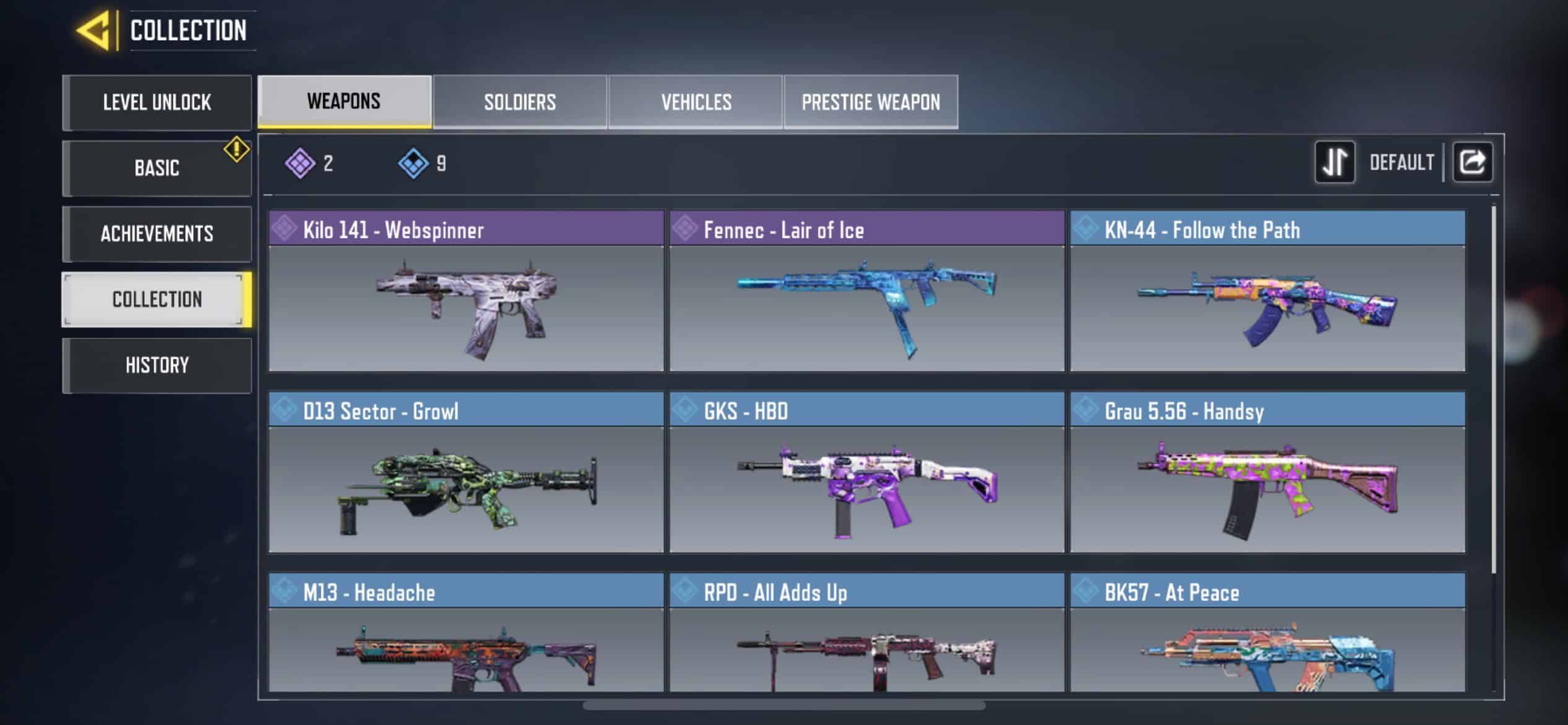1. Overview
Non-fungible tokens (NFTs) have captured the interest of many and given new meaning to our view of ownership and value in the digital realm. They’re digital assets that we can buy using fiat money (like the US dollar) or cryptocurrencies.
More so, unlike blockchain cryptocurrencies, which are interchangeable, NFTs aren’t. They’re unique and indivisible. Each differs from the other. For example, while one represents digital art, the other is a game collectible. Consequently, NFTs can’t be broken into smaller bits during trading and must be acquired as a whole.
In this tutorial, we’ll discuss NFTs, their fundamentals, advantages, and disadvantages. We’ll explain what NFTs are and how NFT trading works.
2. What Are NFTs?
Non-fungible tokens (NFTs) are digital assets that prove the ownership and authenticity of a unique item. They’re non-fungible because of their uniqueness. Making an authentic copy of these items is impossible; hence, their value differs. In contrast, fungible assets have the same value as each other, so they are exchangeable.
NFTs are primarily digital, such as artwork, pictures, collectibles, videos, and even virtual homes:

However, some NFTs correspond to physical assets. We do this through digital certificates, which verify and authenticate the ownership of the asset.
We typically store NFTs on a blockchain, which ensures each token is secure, unchangeable, and easily transferable. Individuals can make money by selling their tokens at prices they see fit.
For instance, we can photograph something intriguing and list it on a marketplace. Buyers can then purchase full or partial ownership of the photograph.
3. How Do NFTs Work?
NFTs are created through a process known as minting or tokenization. During this process, we first take the metadata of the digital asset. Next, we generate unique identification codes from the metadata using encryption functions, ensuring their uniqueness.
Further, we store these tokens on a blockchain, while the original digital assets they represent are typically stored separately. What sets each apart is the direct link between the token and the specific digital asset it represents. Here, the possession of private keys or a digital certificate associated with that token determines the ownership of the asset.
Also, blockchain technology plays a significant role. It promotes transparency and integrity by leveraging the metadata every NFT contains. This metadata guarantees the originality of each digital creation, tracks its ownership history transparently, and includes essential details.
Furthermore, blockchain’s decentralization ensures we store this information across multiple computer networks, preventing singular control and illegitimate modifications. This significantly improves the security, integrity, and reliability of NFT transactions.
Additionally, smart contracts play a crucial role in the ecosystem by automating the execution of preset terms and conditions. For example, creators can earn royalties automatically each time their digital asset resells.
NFTs allow fractional ownership, meaning multiple individuals can collectively own shares of high-value assets. So, NFTs normalize access to valuable items that might otherwise be inaccessible to most people.
4. Difference Between NFTs and Cryptocurrencies
NFTs and cryptocurrencies use similar codes and products of blockchain technology; however, their purposes and fundamentals differ.
NFTs represent ownership of unique, scarce, and original digital assets, while cryptocurrencies are digital currencies used for transactions and financial purposes.
Furthermore, NFTs are non-fungible, meaning each token is unique and cannot be exchanged one-to-one with another. Each has particular attributes, metadata, and ownership history that distinguish it from others.
With these characteristics, individuals now have the opportunity to maximize profits in numerous ways. On the other hand, cryptocurrencies are fungible, meaning they are interchangeable, with each unit having an equal value.
Another difference between the two is in their examples and use cases. Digital art, collectibles, virtual real estate, and other digital assets can be NFTs, enabling people to monetize their work directly. On the other hand, cryptocurrencies are a medium of exchange and investment for assets and for executing smart contracts in decentralized applications.
NFTs are different from cryptocurrencies. However, because they are on a blockchain, we can still use cryptocurrencies to buy them.
5. Examples of NFTs
These digital properties come in various forms, each serving different purposes and offering unique benefits.
5.1. Digital Art
Digital artworks, like paintings, illustrations, animated GIFs, and 3D models, are some of the most popular NFTs.
In this case, artists create digital artworks and turn them into NFTs. They sell their work to collectors through NFTs, often with built-in royalties for future sales.
5.2. Collectibles
Collectibles in the NFT space are like digital trading cards or rare items.
They can be anything from virtual sports cards to badges, animation cards, or limited-edition digital figurines. Collectors can buy, hold, and trade these items to own a complete set or acquire particularly rare pieces.
5.3. Virtual Real Estate
NFTs can also represent virtual real estate. Virtual real estate involves the buying and selling of land in virtual worlds. These assets can then be developed, rented, or sold, promoting new avenues for investment and creativity in digital environments:

With virtual real estate, users can create an active online community that enables people to come together and organize activities. Organizations can also use this innovation to build a digital presence that attracts more interest.
5.4. Music and Media
Musicians and content creators can turn their music, videos, or other media into digital assets and sell them directly to fans.
This category can also include exclusive content, such as behind-the-scenes footage or special editions of albums.
5.5. Gaming Items
In gaming, non-fungible tokens can be any in-game item like weapons, skins, and characters. These items can be bought, sold, and traded on NFT marketplaces:

One of the first of its kind is Axie Infinity, a blockchain game that has popularized the use of NFTs by allowing players to collect, mint, and sell them in the game.
This singular act has created a vibrant secondary market for these virtual items.
5.6. Domain Names
Domain names can also be represented as NFTs.
For instance, platforms like Unstoppable Domains allow users to buy unique, blockchain-based domain names resistant to censorship.
The best part of this innovation is that these domains can be traded and transferred easily. Previously, this was not so because traditional domain name registration and management were done through a centralized system. Users often went through complex processes to complete activities like ownership verification, the transfer of information, and payment.
Now, NFTs and smart contracts bring efficiency, transparency, and decentralization.
5.7. Photography
Photography NFTs enable photographers to mint their images, creating electronic properties they can sell.
Through this medium, photographers can profit from their work without depending on traditional galleries or stock photo websites.
The metadata ensures that the authenticity and ownership of each photograph can be verified and traced.
5.8. Social Media Posts
Social media posts can also be minted. This category gained prominence when Twitter co-founder Jack Dorsey sold his first tweet as an NFT for millions of dollars.
By tokenizing tweets, we can sell and trade unique posts that capture a piece of internet history and other important moments.
6. Popular NFT Markets
Several popular NFT marketplaces offer various features and cater to different types.
6.1. OpenSea
OpenSea is the hub for multiple NFTs, including digital art, collectibles, music, domain names, and virtual worlds.
Further, the platform provides a user-friendly interface and supports integration with multiple wallets, making trading more straightforward for users.
6.2. Rarible
Rarible is a decentralized and community-owned NFT marketplace. Its cryptocurrency, RARI, can be used to purchase NFTs on the platform. However, we can also trade NFTs on Rarible using other cryptocurrencies.
In addition, Rarible places great value on community governance, meaning that holders of the native tokens can influence the platform’s policies, enabling togetherness.
6.3. The Axie Market Place
Axie is a game marketplace where we trade Axies. Axies are virtual creatures or digital pets used in the popular blockchain game Axie Infinity.
This platform allows us to buy, sell, and trade resources to build lands and kingdoms for our characters.
6.4. NBA Top Shot
The NBA Top Shot NFT platform was built in collaboration with the NBA organization. Users can acquire authentic and officially licensed NBA and WNBA collectibles, such as videos, highlights, and shots.
One significant advantage of this platform is that users can purchase, sell, and trade these NFTs using fiat currencies in addition to cryptocurrencies.
6.5. Binance
Binance is a great choice if we’re looking for a robust and secure platform to ensure the safety of our transactions and assets. It’s one of the largest cryptocurrency exchange platforms and offers a wide range of NFTs, similar to other major platforms.
Another advantage is that transaction fees are typically lower, making it a more cost-effective option for trading.
7. Advantages and Disadvantages
7.1. Advantages
The primary benefit of owning an NFT is that it ensures ownership and authenticity through metadata and blockchain technology. During minting, an NFT is embedded with metadata containing crucial token information. The details typically include information about its creator, unique attributes, and ownership history.
Furthermore, it has changed how artists and creatives showcase and monetize their work. By tokenizing their creations, they can freely sell their art without relying on traditional platforms, where exclusivity and forgery can be issues.
Smart contracts further empower creators to earn royalties on future sales automatically. This innovative approach encourages control over their intellectual property and facilitates an ecosystem where creativity is rewarded directly and transparently.
7.2. Disservices
Nevertheless, NFTs have several downsides.
The market is highly volatile, and the price changes of top cryptocurrencies like bitcoin can affect the asset’s value. Depending on the market’s sentiments, these price movements can result in enormous losses for holders.
Another disadvantage is that many people have yet to catch the hype of NFTs. So, liquidity might be an issue. This means holders might have to hold their assets long before finding an interested buyer.
Further, scams often emerge in the ecosystem due to a lack of regulation and anonymity. Scammers don’t use the specific structure of the marketplace but succeed through impersonation, phishing scams, rug pulls, and other deceitful acts.
Nevertheless, organizations are taking steps to curb these issues. In addition to enabling smart contracts, they engage in user education and implement verification and authentication processes.
7.3. Comparison
So, NFTs offer lots of benefits, but NFT trading faces some challenges, too:
Advantages
Disadvantages
NFTs ensure ownership and authenticity.
A volatile market can lead to substantial financial losses.
It encourages the easy monetization of creations.
Compared to cryptocurrencies, fewer people show interest in NFTS, leading to less liquidity.
The existence of smart contracts protects the rights of creators.
Smart contracts can’t prevent malicious users from scamming.
NFTs promote transparency.
Despite its transparent nature, it doesn’t prevent disputes.
By comparing these factors and conducting proper research, we can manage risks and maximize profit.
8. Conclusion
In this article, we discussed NFTs and shared insights on their attributes, types, popular marketplaces, benefits, and disadvantages.
They are unique digital assets that we store and manage on the blockchain. With this type of token, creatives aim to monetize and control the rights to their work, while collectors strive to own exclusive rights to their digital assets.
However, potential investors should exercise caution and conduct thorough research before participating in these transactions. This includes verifying the authenticity, researching the reputation of sellers and platforms, understanding smart contracts, and staying informed about market trends and sentiments.